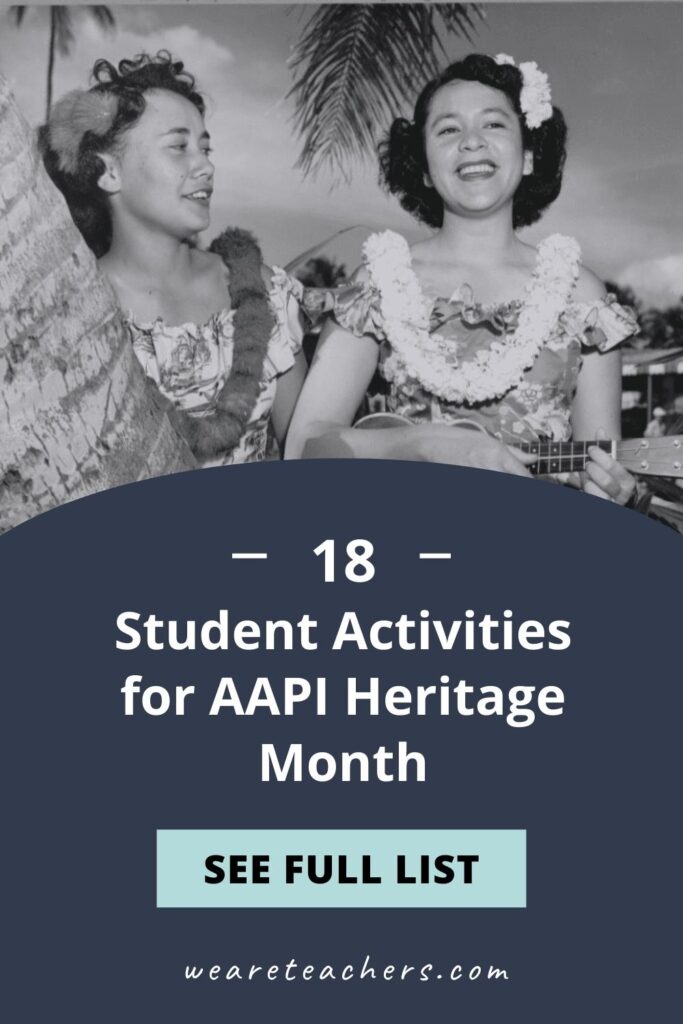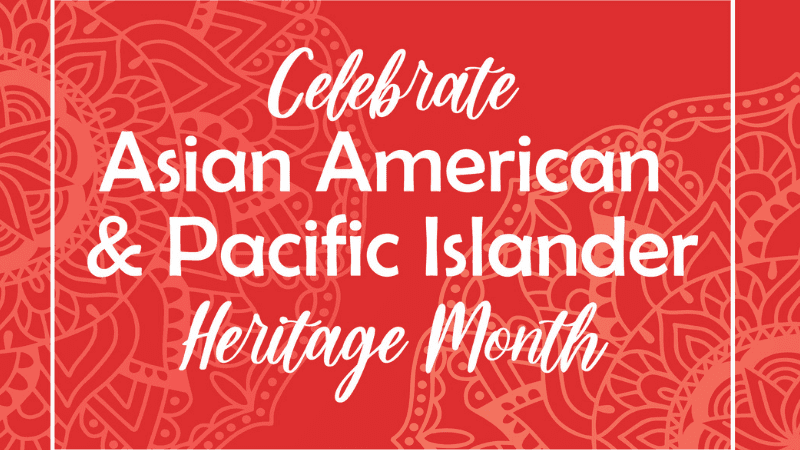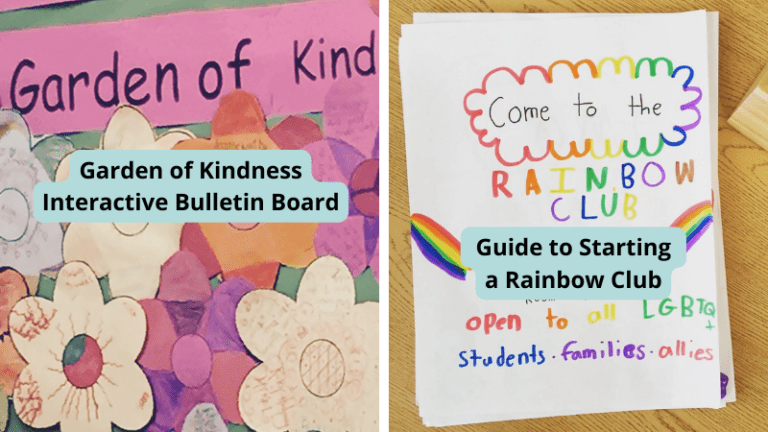Since 1990, May has been designated as Asian American and Pacific Islander (AAPI) Heritage Month. This month was chosen to honor the arrival of the first Japanese immigrant to the United States on May 7, 1843. The transcontinental railroad, which was largely built by Chinese immigrants, was also completed on May 10, 1869. Given the significance of these anniversaries, May is a perfect time to highlight and celebrate the contributions and achievements of Asian Americans and Pacific Islanders in this country. Of course, it’s also essential that we extend this recognition year-round. To help you get started, here’s a list of AAPI Heritage Month activities to share with students in your classroom.
1. Read books with Asian American characters
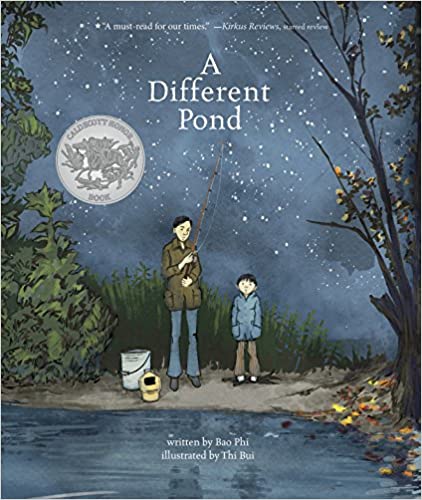
Quality children’s literature provides students with windows and mirrors: views into the experiences of others and reflections of their own. For your AAPI students, reading stories by Asian American authors and featuring Asian American characters is powerful representation. Check out this list of books with Asian, Asian American, Desi, and Pacific Islander Characters, and filter by age to find something for your grade level.
2. Take virtual field trips to Asia

These resources provide an introduction to different Asian cultures. They’re also great for working with students who are visual learners and prefer hands-on activities, but be aware of falling into the “tourist approach” and avoid framing Asian cultures as “exotic”:
- At-Home Adventures Through Asia: Japan: Learn about language, origami, cherry blossoms, writing systems, and school life in Japan. Prepare for this adventure by downloading these notes.
- At-Home Adventures Through Asia: China: Explore Chinese food, festivals, clothing, and games. Also, get ready by downloading the notes.
- At-Home Adventures Through Asia: Korea: Spend a week celebrating Korea. First, make a drum. Then create lotus lanterns. After that, play Korean games. And finally, explore the cultural roots of today’s Korea. Be sure to download the notes to prepare!
- At-Home Adventures Through Asia: Vietnam: Zip through this picturesque country on a moped. After that, create a lotus lantern and play with water buffalo. Inform your journey by downloading the notes in advance.
- At-Home Adventures Through Asia: India: Learn a few words in Hindi, design colorful rangoli, and sip on sweet lassi while playing a traditional game. Take time to download the notes to prepare for the adventure!
3. Fold an origami paper crane
Want to make a wish? The Japanese tradition senbazuru says that anyone who folds 1,000 origami cranes will have theirs granted. Try it for yourselves! To avoid cultural appropriation, make sure you talk about the significance of the art you’re appreciating. For example, cranes have long been a symbol of peace and longevity as well as healing and good health in Asian cultures.
Learn more: Asia Society
4. Learn how the ukulele came to Hawaii
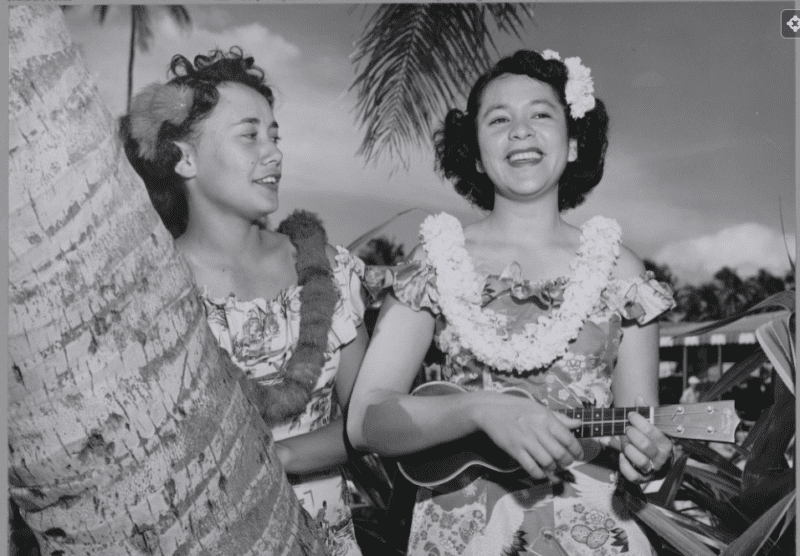
As one of your AAPI Heritage Month activities, explore cultural stories. For example, discuss this photograph of two young Polynesian women, one playing a ukulele, from Hawaii. Then ask your students to discuss the role the Portuguese played in the birth of this distinctively Hawaiian instrument. This resource tells the tale.
Learn more: Library of Congress
5. Write haiku
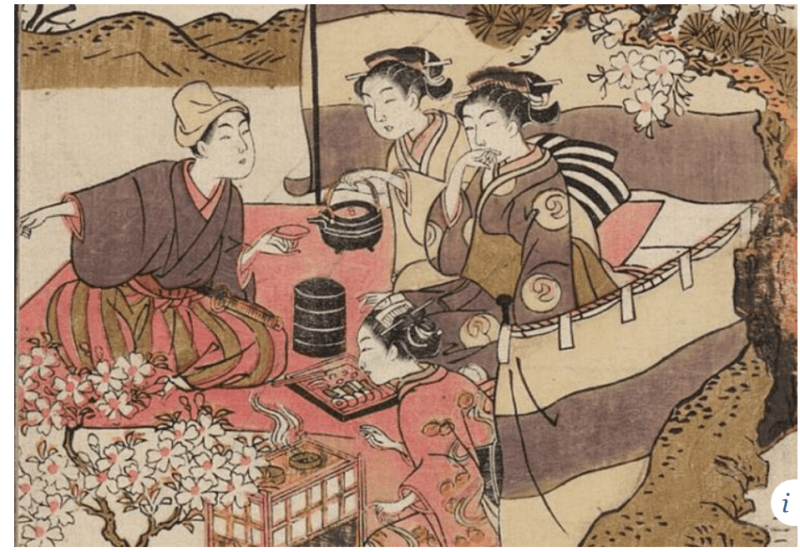
Suitable for middle school students, this lesson gives students the opportunity to explore the traditions and conventions of haiku. They will compare this classic form of Japanese poetry to a related genre of Japanese visual art before composing haiku of their own.
Learn more: Edsitement!
6. Discover inspirational Asian American women in music
This one-hour program features Asian American women musicians and performers. Featured artists include Dohee Lee, Ruby Ibarra, June Millington, and MILCK. These powerful women find inspiration from different deep cultural heritage and contemporary genres. Also highlighted is a special message from activist Amanda Nguyen.
Learn more: Smithsonian APA
7. Listen to music that shaped the Asian migration experience
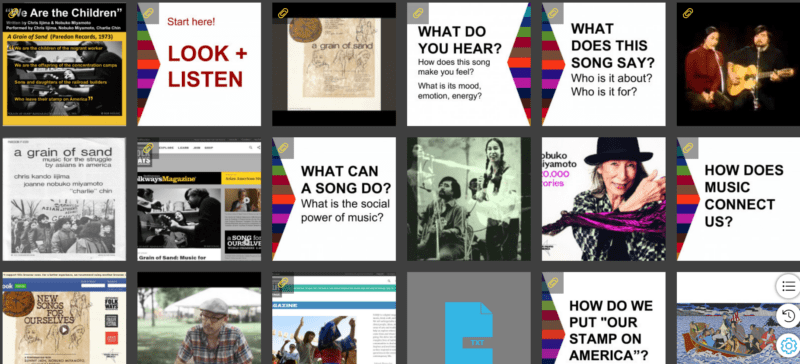
How did music shape the expression of migration experiences? This collection explores the migration histories of Japanese and Chinese Americans while reflecting on the social power of song. After that, be sure to review the Re-Imagining Migration: A Learning Arc of Revealing Questions, which can be applied to this song collection.
Learn more: Smithsonian Learning Lab
8. Design with geometry like I. M. Pei’s polygons
If you’re looking for AAPI Heritage Month activities related to math, try this one. First, students compare and contrast design elements in neoclassical and modern architecture using the National Gallery of Art’s West and East Buildings. Then students design a geometric pattern using I.M. Pei’s polygons. Last, they consider the role of geometry in designing and planning buildings and cities while using lines and polygons to create their own city plan.
Learn more: National Gallery of Art
9. Explore the golden age of Chinese archaeology
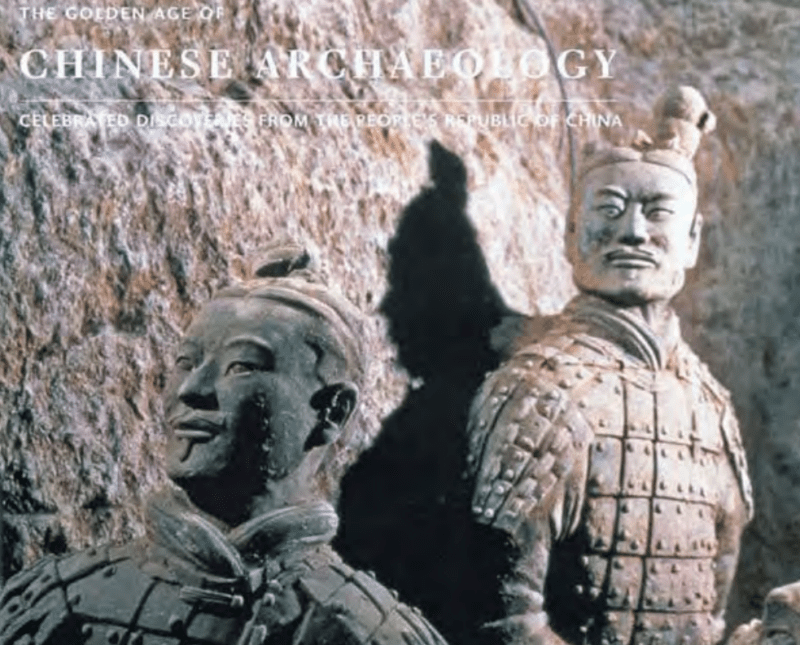
This teaching packet explores new perspectives on the impact of early Chinese culture based on archaeological discoveries. For example, students will study the achievements of Chinese civilizations from the Neolithic period into the Five Dynasties period (5000 BCE to 960 CE) through the exhibition “The Golden Age of Chinese Archaeology: Celebrated Discoveries from the People’s Republic of China.”
Learn more: National Gallery of Art Chinese Archaeology
10. Take an artful journey through the Edo period
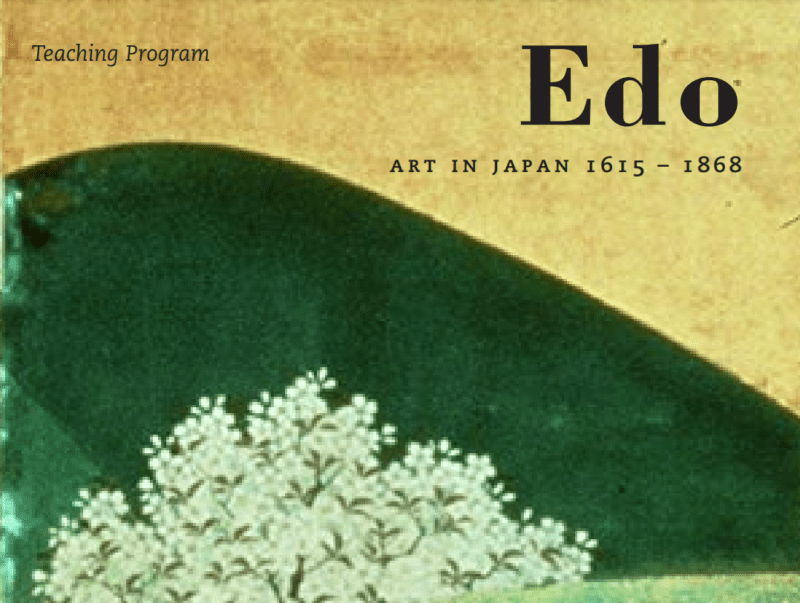
This program includes a great teaching packet and surveys two centuries of art and culture in the city now known as Tokyo. Learning materials discuss paintings, prints, textiles, screens, ceramics, and armor.
Learn more: National Gallery of Art Edo Japan
11. Revisit 150 years of Asian American history
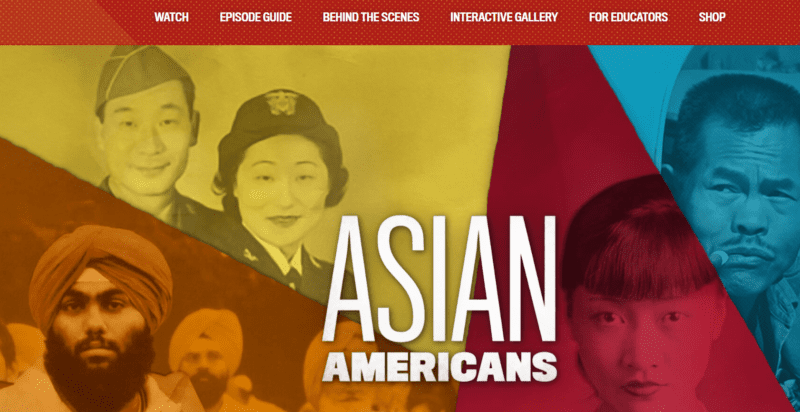
This five-hour documentary series from PBS chronicles the ongoing role and impact Asian Americans have had in shaping our nation’s history. Spanning 150 years, this series explores immigration, international relations, racial politics, cultural innovation, and more, as told through individual lives and family stories.
Learn more: PBS
12. Learn about 26 Asian American women who changed America
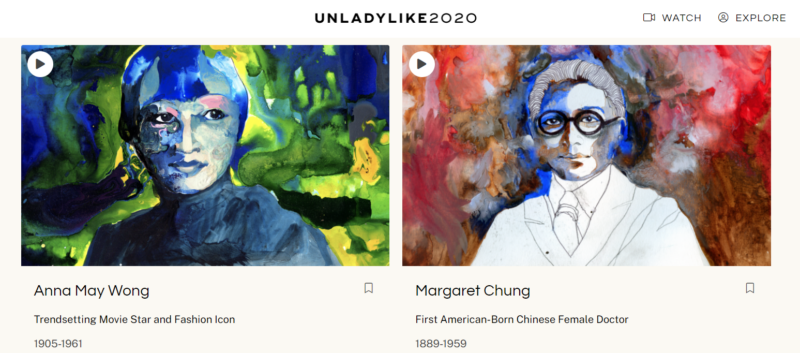
This series of short films highlights the lives and contributions of 26 incredible women who changed America’s features. Profiles include Margaret Chung, the first American-born Chinese female doctor; Anna May Wong, a trendsetting movie star; Tye Leung Schulze, an advocate for trafficked women and the first Chinese-American woman to become a federal government employee; and Queen Liliuokalani, the first sovereign queen and last monarch of Hawaii.
Learn more: Unladylike2020.com
13. Examine the Chinese Exclusion Act

Streaming at PBS American Experience, this 2018 documentary examines the Chinese Exclusion Act. Students will learn more about the origin and history of the 1882 law that made it illegal for Chinese workers to come to America, as well as its impact on Chinese nationals already here.
Learn more: PBS American Experience
14. Contextualize a historic photograph
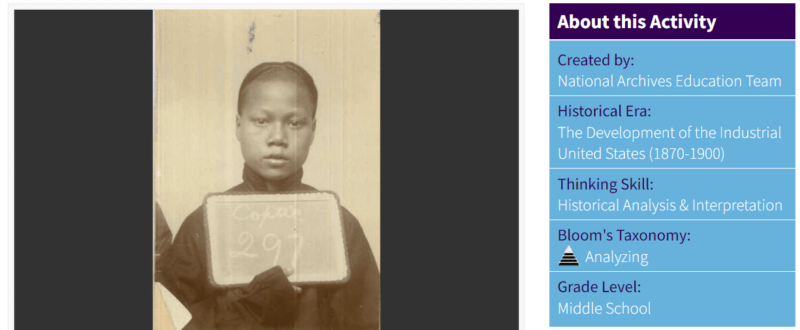
In this thought-provoking activity, students will be asked to contextualize a photograph while considering the experience of the young Chinese man who was exhibited as part of an ethnographic display at the 1899 National Export Exposition in Philadelphia.
Learn more: Docs Teach
15. Start a discussion about Japanese American incarceration
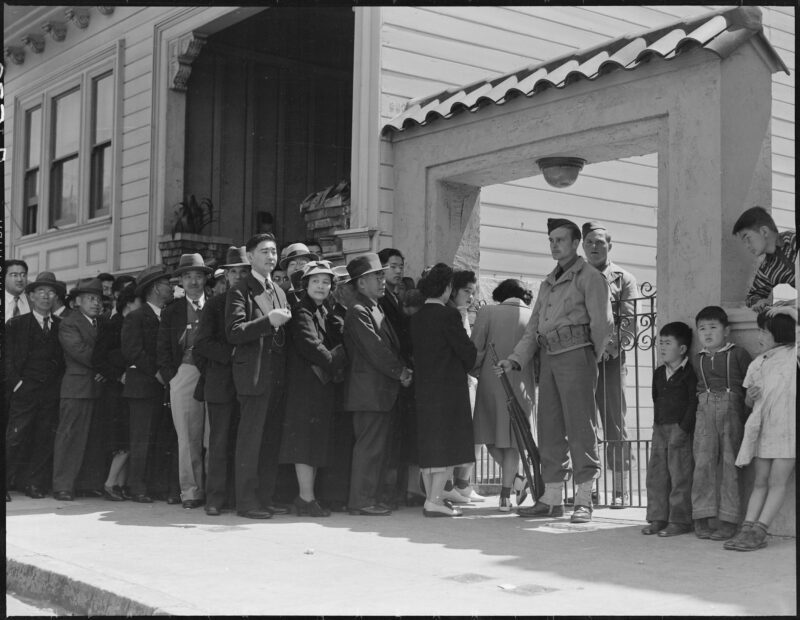
This activity will introduce students to a variety of documents and photographs to learn about the forced relocation and incarceration of Japanese Americans during World War II.
Learn more: Docs Teach Japanese American Incarceration
16. Discuss and challenge school segregation
Students will use an inquiry design model in this activity. For example, they will work through a series of formative performance tasks and supporting questions with featured primary and secondary sources. They will then complete a processing assignment where they will discuss Chinese Americans fighting segregation.
Learn more: National History Day
17. Hear the stories of Asian Americans during the Civil Rights Movement
The African American civil rights movement of the 1950s and 1960s exposed institutional racism in the United States. Asian Americans also faced discrimination in their shared quest for equality. In fact, some Asian American activists joined the African American civil rights movement. The 1982 murder of Vincent Chin led to a federal civil rights case and marked a turning point for Asian American civil rights engagement.
Learn more: Edsitement! Civil Rights Movements
18. Discuss anti-Asian racism with students
One of Liz Kleinrock’s fourth-grade students shocked the class by saying the unthinkable during an important lesson on race. After that, Kleinrock found a way to turn it into a teachable moment. In this TED Talk, she shares how to lead kids through discussions on taboo topics without fear. Before you begin, check out this free Asian American Racial Justice Toolkit.
Learn more: TED
To accompany these AAPI Heritage Month activities, check out Classroom Resources and Tips To Address Anti-Asian Discrimination.
For more articles like this, be sure to subscribe to our newsletter.
